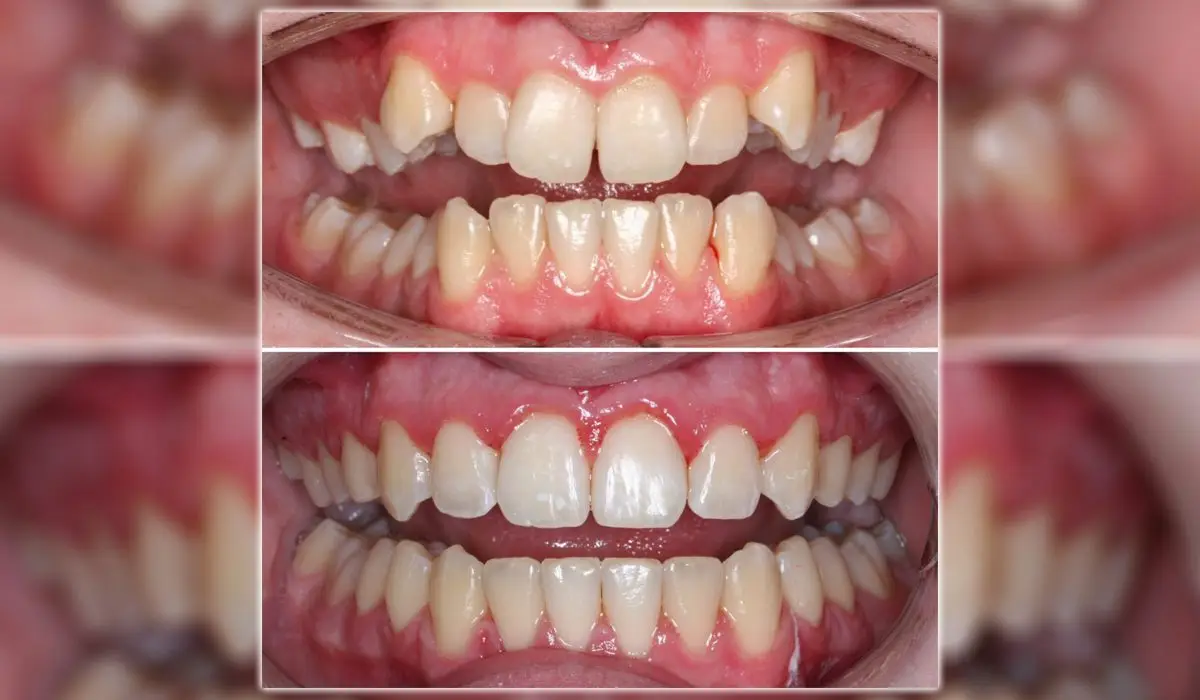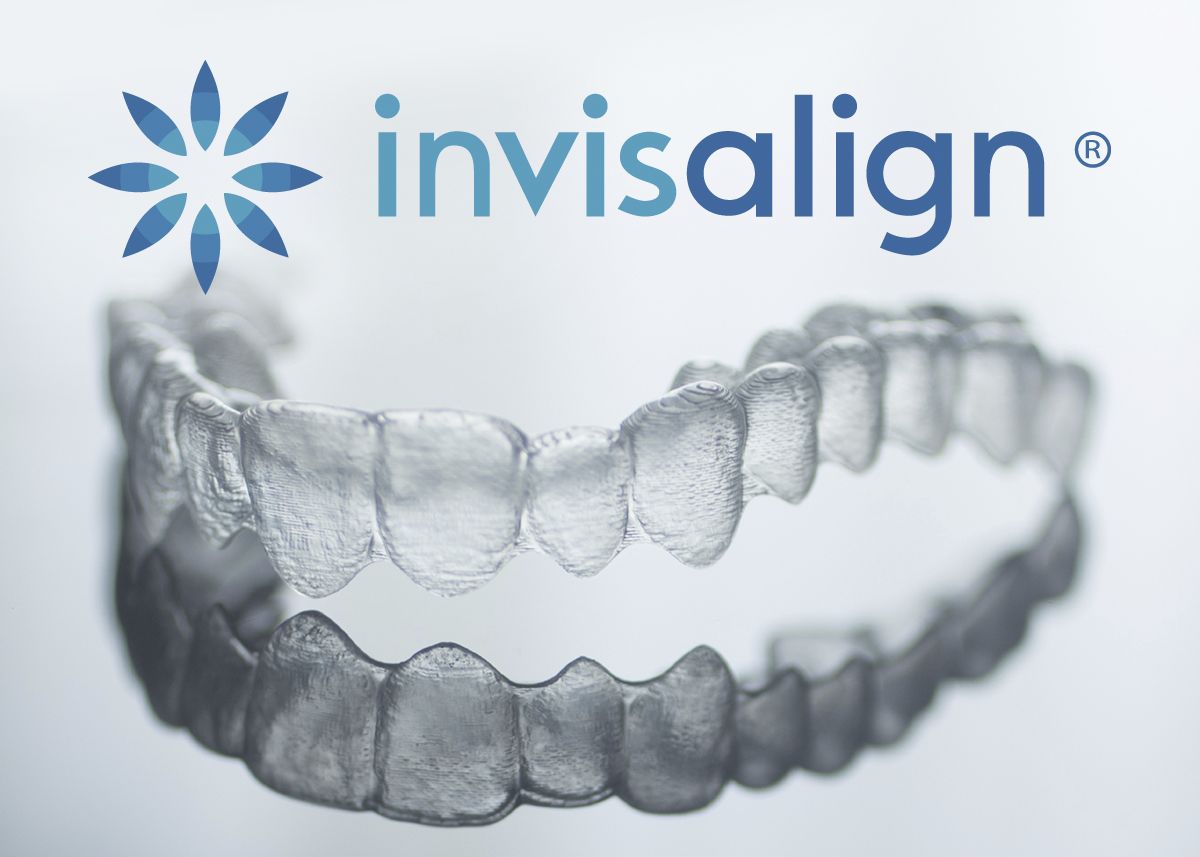What to Expect Throughout Your Invisalign Journey: A Comprehensive Introduction
What to Expect Throughout Your Invisalign Journey: A Comprehensive Introduction
Blog Article
Invisalign vs. Standard Dental braces: Which Choice Is Right for You?
When thinking about orthodontic therapy, the selection between Invisalign and conventional braces offers a number of crucial factors that warrant cautious evaluation. Invisalign provides a very discreet choice with removable aligners, while standard braces give a more visible yet efficient service for extreme imbalance.
Introduction of Treatment Choices

On the other hand, standard dental braces include steel brackets and cords that are adhered to the teeth. This technique uses continuous pressure gradually to accomplish alignment. While effective for complicated orthodontic concerns, traditional dental braces call for normal check outs for changes and can position challenges in maintaining oral health due to the problem of cleansing around wires and brackets.
Both alternatives have their qualities, and the option frequently rests on details oral conditions, way of life choices, and client compliance. Ultimately, getting in touch with an orthodontic professional is important for identifying the most ideal treatment strategy tailored to private requirements. Recognizing the subtleties of each option can dramatically influence the general success of orthodontic therapy.
Visual Considerations
A substantial aspect affecting the option between Invisalign and typical dental braces is the visual appeal each therapy offers. Invisalign aligners are crafted from clear plastic, making them basically undetectable when used.
On the other hand, traditional braces are composed of metal brackets and cables, which can be extra recognizable. While advancements in orthodontic innovation have actually caused the development of smaller sized brackets and tinted elastics, typical braces still keep an even more conspicuous profile. For some individuals, the visibility of dental braces might deter them from seeking essential treatment.
Inevitably, the selection between Invisalign and traditional dental braces might rest on personal preferences relating to aesthetics. Clients that prioritize discernment frequently lean toward Invisalign, while those that are much less worried regarding visibility might go with conventional braces. Understanding the aesthetic ramifications of each option is essential for making an informed choice that straightens with one's way of life and choices.
Convenience and Convenience

In terms of convenience, Invisalign aligners are removable, making it possible for clients to enjoy their favorite foods without constraint and maintain optimal dental health. Cleaning and flossing are simplified, as the aligners can be secured throughout these regimens, whereas traditional braces call for cautious navigating around braces and wires.
Additionally, Invisalign's dynamic system permits less orthodontic sees. Individuals usually receive multiple collections of aligners at as soon as, which can improve the treatment process and reduce time invested in the orthodontist's chair. In contrast, traditional dental braces demand regular changes, making them much less convenient for those with hectic timetables. Invisalign. On the whole, the convenience and comfort of Invisalign make it an attractive choice for several individuals seeking orthodontic treatment.
Therapy Duration and Effectiveness
While both Invisalign and standard braces are efficient in fixing dental misalignments, the period of treatment can vary considerably between the 2 options. Usually, Invisalign treatment can take anywhere from 12 to 18 months, relying on the complexity of the situation. The clear aligners work by slowly moving teeth right into their wanted settings, and normal follow-ups with an orthodontist help ensure progression stays on the right track.
In contrast, typical dental braces usually need a longer commitment, typically ranging from 18 months to 3 years. This is because of their fixed nature and the usage of cords and brackets, which can be much more reliable for complicated situations and severe misalignments (Invisalign). The treatment effectiveness of typical dental braces is well-documented, as they enable precise modifications and higher control over tooth activity
Inevitably, the choice between Invisalign and standard braces might depend upon both the anticipated therapy duration and the details dental issues at hand. Consulting with an orthodontist is vital, as they can supply tailored suggestions based on private needs, making sure the chosen method lines up with preferred timeframes and results.
Expense Contrast and Insurance Coverage Alternatives
Cost plays a significant role in the decision-making procedure for people considering orthodontic treatment, whether choosing for Invisalign or standard braces. Usually, the pop over to these guys price of Invisalign arrays from $3,000 to $8,000, while typical dental braces typically set you back in between $2,000 and $6,000. Variables affecting these costs include the complexity of the case, the period of therapy, and geographical place.
Insurance insurance coverage can significantly influence out-of-pocket costs. Many oral insurance plans provide partial protection for orthodontic treatments, but the specifics can differ widely. It is important for clients to examine their insurance plan to establish the degree of protection for either option. Typically, conventional dental braces might be a lot more regularly covered by insurance policy strategies compared to Invisalign, which some insurance firms categorize as an aesthetic procedure.
Furthermore, several orthodontic practices offer adaptable repayment strategies, making both treatment choices more accessible. Patients need to ask about prospective financing choices and discounts for upfront repayments. Assessing the overall expense, consisting of insurance coverage benefits and settlement strategies, is necessary for making an informed decision that lines up with both visual preferences and budget considerations.

Final Thought
In have a peek at these guys recap, the selection in between Invisalign and conventional dental braces rests on numerous elements, consisting of aesthetic preferences, comfort, therapy duration, and price. Invisalign provides a discreet, detachable alternative that facilitates dental health and dietary versatility, while standard braces might be better for intricate oral issues and commonly come with a lower rate factor. Eventually, examination with an orthodontist is necessary to assess individual conditions and figure out one of the most ideal treatment alternative for accomplishing optimal dental placement.
When thinking about orthodontic therapy, the selection between Invisalign and standard dental braces presents a number of crucial aspects that merit cautious assessment.Comparing Invisalign and traditional braces exposes unique therapy options for orthodontic adjustment.While both Invisalign and conventional braces are effective in correcting oral misalignments, the period of therapy can differ substantially between the two alternatives.Price plays a considerable duty in the decision-making procedure for individuals considering orthodontic therapy, whether choosing for Invisalign or standard dental braces.In recap, the choice in between Invisalign and typical braces pivots on several elements, consisting of aesthetic preferences, comfort, why not look here treatment period, and cost.
Report this page